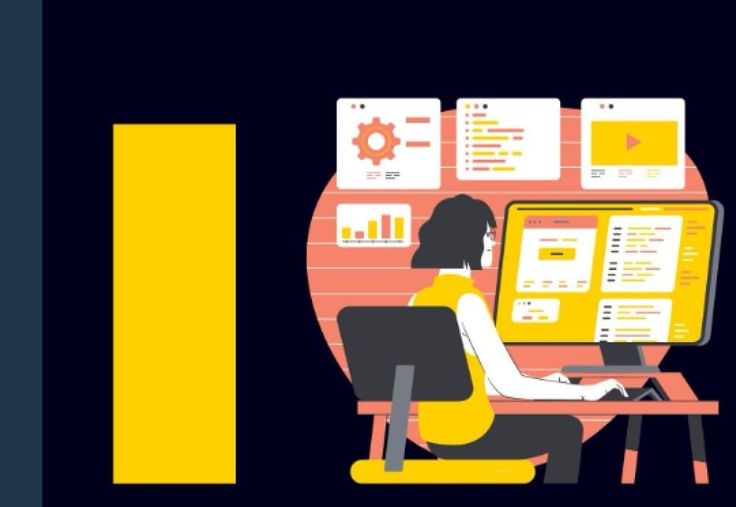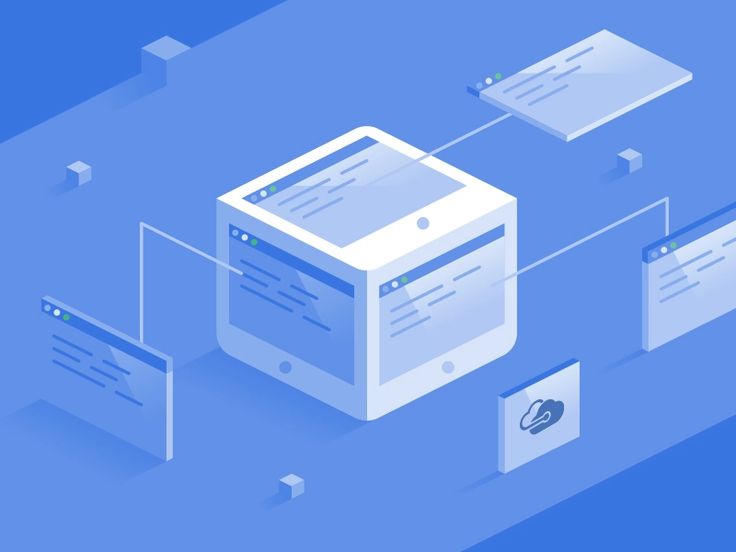If you’re a Mac user trying to get Power BI Desktop running, you’ve probably hit that frustrating wall—Microsoft doesn’t make a native Mac version. But don’t worry, several workarounds, like setting up a virtual machine, will get you up and running without switching to a PC.

The Reality Check
Let’s be honest upfront: Power BI Desktop is Windows-only. Microsoft has been pretty clear about this, and while there’s Power BI Service (the web version), it’s limited compared to the full desktop experience. But here’s the good news: Mac hardware is great for running Windows virtually.
Method 1: Parallels Desktop (Using Virtual Machine)

Parallels is hands down the smoothest way to run Windows on Mac, especially for resource-intensive apps like Power BI.
What You’ll Need
- Mac with at least 8GB RAM (16GB recommended)
- 50GB+ free disk space
- Parallels Desktop license (~$100/year)
- Windows 10/11 license
Installation Steps
- Download Parallels Desktop from their official website
- Install and launch Parallels—it’ll guide you through the setup
- Create a Windows VM:
- Choose “Install Windows from Microsoft.”
- Allocate at least 4GB RAM to the VM (8GB if you have 16GB+ total)
- Assign 2-4 CPU cores
- Set disk size to 50GB minimum
- Install Windows in the VM following the setup wizard
- Download Power BI Desktop from Microsoft’s website on Windows
- Install normally—it’ll work just like on a native Windows machine
Performance Tips
- Enable hardware acceleration in Parallels settings
- Close unnecessary Mac apps while running Power BI
- Use Coherence mode for seamless Mac/Windows integration
Method 2: VMware Fusion (Reliable Alternative)
VMware Fusion is another solid virtualization option, often preferred by IT professionals.
Setup Process
- Get VMware Fusion (around $80; has a free personal use version)
- Create a new VM and install Windows 10/11
- VM Configuration:
- RAM: 6-8GB minimum
- CPU: 2-4 cores
- Graphics: Enable 3D acceleration
- Disk: 60GB+
- Install VMware Tools inside Windows for better performance.
- Download and install Power BI Desktop as normal.
Method 3: Boot Camp (Native Performance)
If you want maximum performance and don’t mind rebooting to switch OS, Boot Camp is your friend.
Pros and Cons
Pros: Native Windows performance, full hardware access.
Cons: Need to reboot to switch between macOS and Windows
Installation Steps
- Open Boot Camp Assistant (found in Applications > Utilities)
- Create a Windows partition—allocate at least 100 GB.
- Install Windows using Boot Camp Assistant’s guidance
- Install Boot Camp drivers for proper hardware support
- Install Power BI Desktop—it’ll run at full native speed
Method 4: Cloud-Based Solutions (No Local Install)
Sometimes, the easiest solution is not installing locally at all.
Azure Virtual Desktop
- Rent a Windows VM in the cloud
- Install Power BI there
- Access via web browser or remote desktop
- Pay-per-use pricing
AWS WorkSpaces
- Similar to Azure but on Amazon’s cloud
- Pre-configured Windows desktops are available
- Good for teams that need consistent setups
Method 5: Power BI Service + Alternatives
While not the full desktop experience, these can handle many use cases:
Power BI Service (Web)
- Works natively in Safari/Chrome
- Limited compared to the desktop version
- Good for viewing and basic editing
Alternative Tools
- Tableau: Has native Mac support
- Looker Studio: Browser-based, works great on Mac
- Grafana: Open-source, Mac-friendly
Performance Comparison
| Method | Performance | Cost | Ease of Use |
| Parallels | Excellent | High | Very Easy |
| VMware Fusion | Very Good | Medium | Easy |
| Boot Camp | Native | Low | Moderate |
| Cloud VM | Good | Variable | Easy |
Troubleshooting Common Issues
VM is too slow:
- Increase RAM allocation to the VM
- Enable hardware acceleration
- Close other applications
- Check if your Mac supports virtualization features
Power BI crashes in VM:
- Update VM tools/additions
- Increase video memory allocation
- Disable Windows visual effects
- Try compatibility mode
Can’t activate Windows:
- Ensure you have a valid Windows license
- Check network connectivity in the VM
- Contact Microsoft support if needed
Resource Requirements Reality Check
Minimum Setup:
- 8GB Mac RAM (4GB for VM)
- Intel i5 or Apple M1 processor
- 50 GB free disk space
Recommended Setup:
- 16GB+ Mac RAM (8GB for VM)
- Intel i7/i9 or Apple M1 Pro/Max
- SSD with 100GB+ free space
Apple Silicon (M1/M2) Considerations
If you’re on an M1 or M2 Mac, you have some additional considerations:
- Parallels: Works great with ARM-based Windows 11
- VMware: Check compatibility—some versions support M1
- Boot Camp: Not supported on Apple Silicon Macs
- Cloud solutions: Work perfectly regardless of your Mac’s chip
Quick Decision Guide
Choose Parallels if you want the best performance and don’t mind paying a premium.
Choose VMware if you need professional features or prefer a one-time purchase.
Choose Boot Camp if you have an Intel Mac and want maximum performance.
Choose Cloud VM if you have fast internet and want zero local setup.
Choose alternatives if you’re flexible about tools and want a native Mac experience
Final Thoughts
Running Power BI on Mac isn’t impossible—it just requires the right approach. Parallels Desktop gives you the smoothest experience, while Boot Camp offers the best performance on Intel Macs. Cloud solutions work great if you have reliable internet.
The key is matching your solution to your needs. If you’re doing heavy data processing, invest in a good VM setup. If you’re mainly consuming reports, Power BI Service might be enough.
And hey, if you’re working in Nepal’s growing data analytics scene, having this flexibility to work across platforms can be a real advantage. Whether you’re collaborating with Windows-based teams or working on Mac-friendly projects, you’ll be covered.
The bottom line? Don’t let platform limitations stop you from diving into data visualization. Pick your method, set it up once, and get back to creating insights that matter.